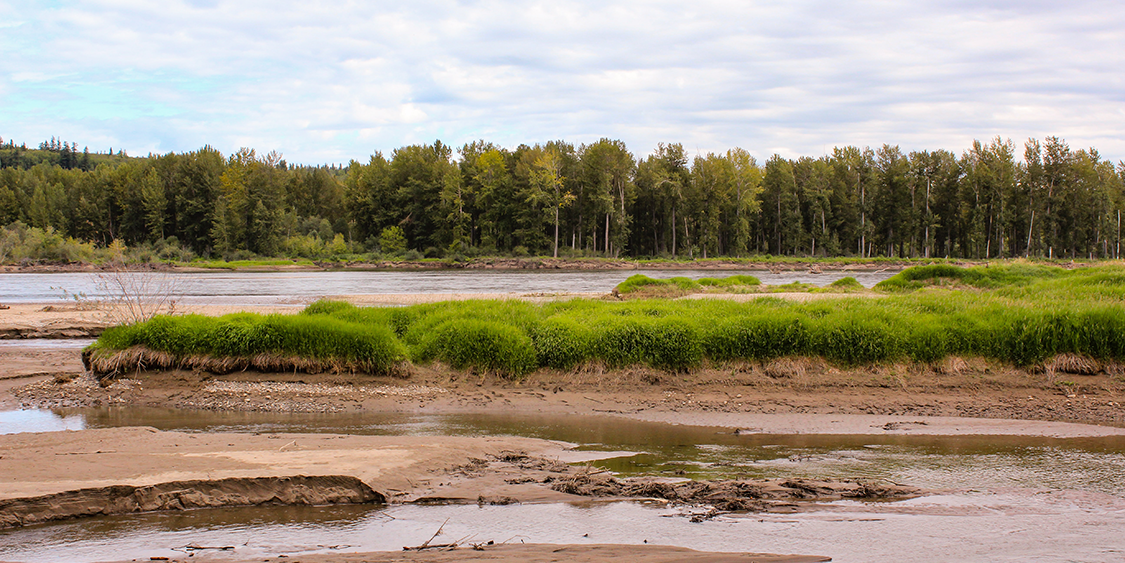
What are today’s trends in professional liability claims against architects, engineers and other design firms? There are a variety of claims that can occur and design professionals need to watch out for. One of them is claims resulting from soils and storm water issues.
Here’s what you need to watch out for and understand how to protect yourself from these claims:
Soil and Storm Water Issues Claims:
Soil and storm water claims are on the rise in many regions. The increase in such claims is based on a combination of a proliferation of construction overall and more precipitation in many parts of the country.
In the Mountain regions, insurers report a rise of claims related to settlement of soils and/or movement due to expansive soils. In the Southern and some Western desert/arid regions, insurers are seeing more claims related to storm water/runoff issues.
Soils and storm water claims are proving to be difficult to mitigate, say insurers. Reports prepared by geotechnical engineers and other design firms predicting the future behavior of soils are often based on very limited testing and investigation (as demanded by cost-conscious owners in the scopes of work). Structural engineers will then offer foundation options based upon inadequate reports. The owner typically selects the least costly option for the foundation. The soils then often behave outside the ranges predicted in the report and damages and claims follow.
How to Mitigate Soils and Storm Water Project Claims:
Design firms benefit by making sure their design is based upon adequate soils reports from the actual project site and not a site adjacent to or similar to the actual project. All designers need to be better at insisting on more comprehensive scopes of service, communicating and documenting the risk of limited scopes for subsurface investigation. If a specific type of foundation is called for in the soils report, there should not be a deviation from that specification unless the owner understands and accepts the risks.
The lead designer’s contract with the owner should have a provision stating that they can rely on the information provided to them by the owner. (Usually the owner retains the soils engineer.)
For storm water/runoff issues, the best advice is to consider the increased frequency and intensity of rain and snow storms. One hundred year storms are happening every few years, rather than every 100 years. Any design professional involved in civil engineering, grading, or any other design function that might be affected by significant rain or storm water should consider these climate change issues.
Find out more:
Download our free guidebook “Watch for These Seven Claim Trends” to learn more about how you can protect your business from claims and losses:


